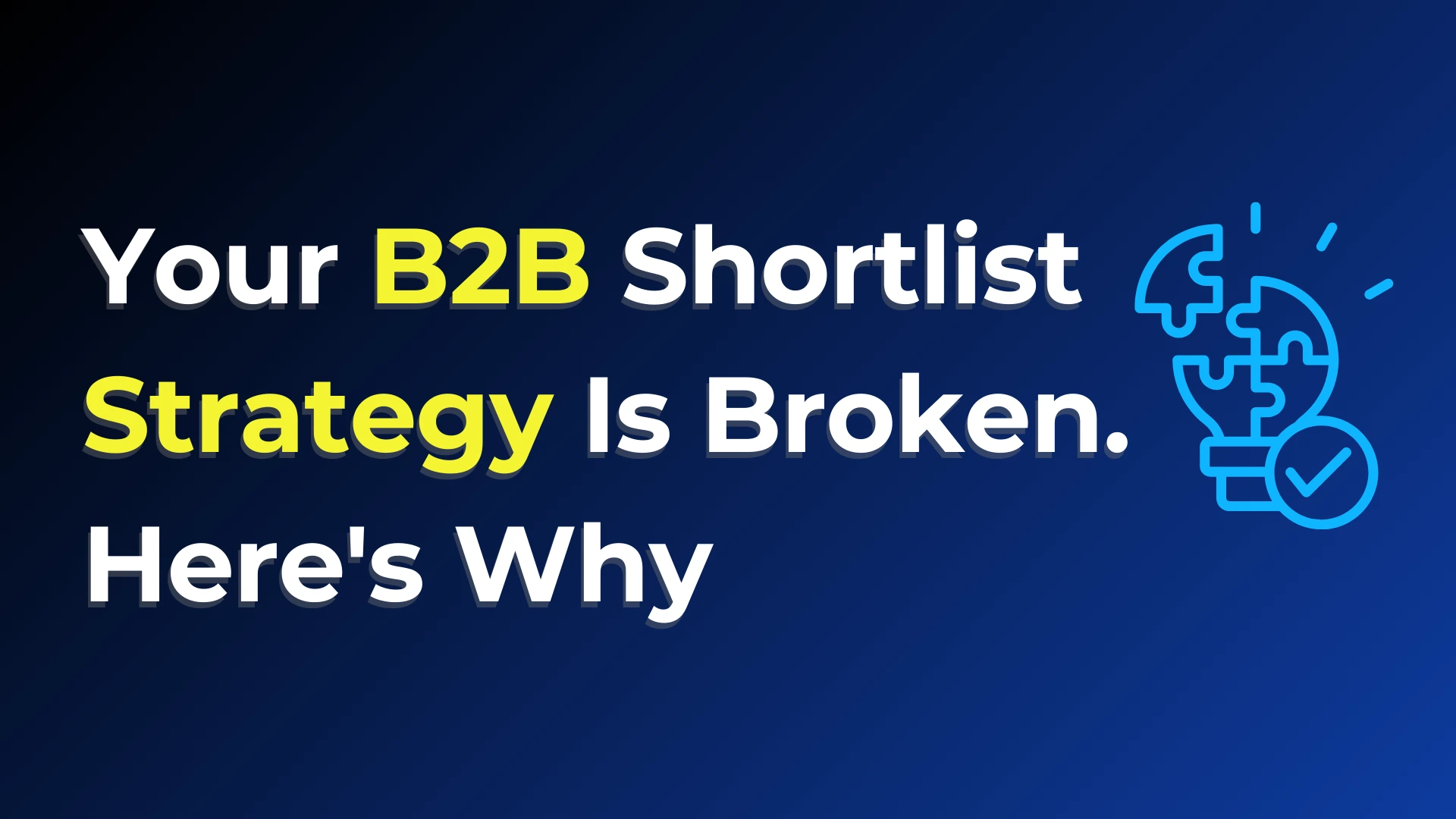
Are you satisfied with the performance of your LinkedIn ads? You will likely waste your marketing budget if you don’t properly set up and monitor your campaigns.
Here are 10 key steps to optimise your LinkedIn campaigns and get better results:
1. The Importance of Insight Tag
If the insight tag is not functioning properly, you’ll miss important conversion data and targeting opportunities.
Proper way to check: Navigate to LinkedIn Campaign Manager, click on “Audiences” on the left side, and under “Sources”, look at “Website visit”. How to know if the tag is working? You should be able to see signals from your website within the last hour. If you don’t see any signals, you need to fix the tag.
2. Count Conversions Correctly
You can use simple form fills, and that is fine, but what is more important is tracking valuable actions through your funnel.
Our tip: Add URL forwarding at important conversion points. When customers book calls through Calendly, for example, redirect them to a specific confirmation page. This creates universal tracking points for all ad platforms, including LinkedIn. Use the same approach for purchases and major conversions. Measure what’s important, not just what’s simple.
3. Give Value to Conversions
If you were wondering, it’s not enough to just count conversions, you need to give them appropriate values. This way, LinkedIn can prioritise quality over quantity.
Value examples:
- Key page visits: $1
- Form submissions: $25
- Booked calls: $150
- Purchases: $1,500+
By assigning values, you avoid optimising for cheap, low-quality conversions and focus on what brings real business impact.
4. Implement Both Last Touch and Each Touch Attribution
Set up both attribution models:
- Last touch: Credits the final ad interaction before conversion
- Each touch: Distributes credit across all ads in the conversion journey
Consider assigning higher values to last touch (80-90%) and lower values to each touch (10-20%).
5. Make Larger Retargeting Audiences
Don’t wait until you need retargeting audiences to create them. Set them up early so they can collect data while you run other campaigns.
Key audience segments to create:
- Website visitors (30, 90, 180 days)
- Company page visitors (30, 90, 180 days)
- Ad engagement (30, 90, 180 days)
- Video views (30, 90, 180 days)
- Lead gen form opens/submissions
Many businesses find more success starting with retargeting campaigns rather than cold outreach. Building these audiences early gives you that option.
6. Monitor LinkedIn Audience Network Spending
LinkedIn Audience Network (LAN) can silently consume your budget if left unchecked, sometimes taking 90-95% of spending. Either disable it completely or create a split strategy: allocate most of your budget to LinkedIn-only placements and a smaller portion to LAN.
7. Optimise Your Targeting Settings
The most important setting to disable is “Audience Expansion.” This feature will broaden your targeting beyond what you specified, and this will dilute audience quality. Try to focus on position titles, job functions, geographies, and company sizes which are relevant to your ICP (ideal customer profile).
8. Create a Clean Campaign Setup
An effective campaign structure follows the buyer journey:
- Awareness campaigns for cold audiences
- Consideration campaigns for people who are engaging
- Conversion campaigns for high-intent users
- Retargeting campaigns (30, 90, 180 days) for previous visitors
- Long-term nurture campaigns for staying top-of-mind
This approach makes sure you are meeting prospects with the appropriate message at the right stage
9. Use Customer Interest Strategies
Check if your ads are building trust or if they are interrupting people while scrolling.
LinkedIn advertising isn’t just about promoting and selling, it’s about showing you are a trusted authority. Helpful and meaningful content is something that you need to focus on when addressing the challenges of your audience, and then you can focus on sales.
10. Review Creative Quality and Performance
Check the quality of your ad creatives. Make sure images are professional, copy is captivating, and your headlines are engaging.
Conclusion
These steps can help you improve performance and ROI. Put your focus on meaningful messages so you can target the right audience and see what truly matters to your business.
If you need help with these steps, don’t hesitate to book a call with us!





